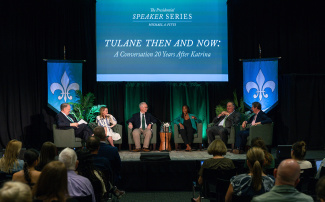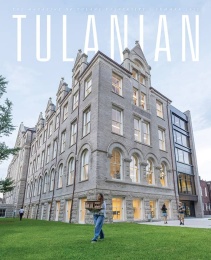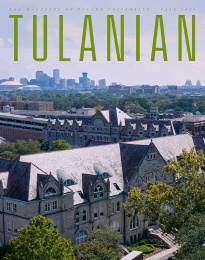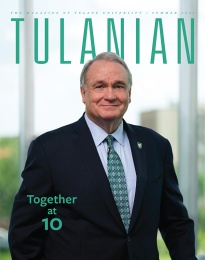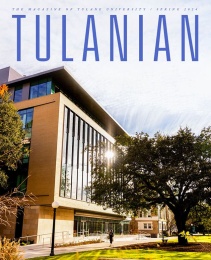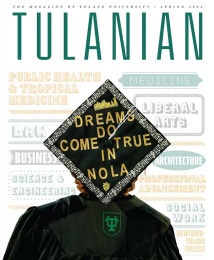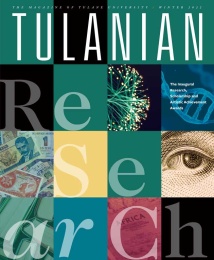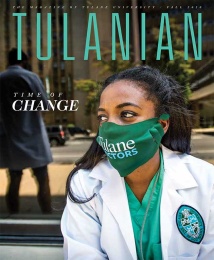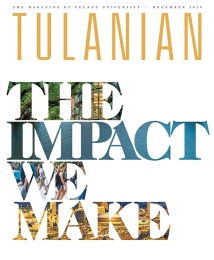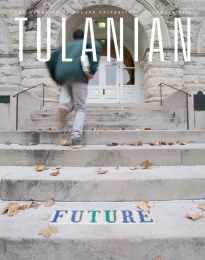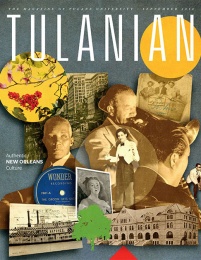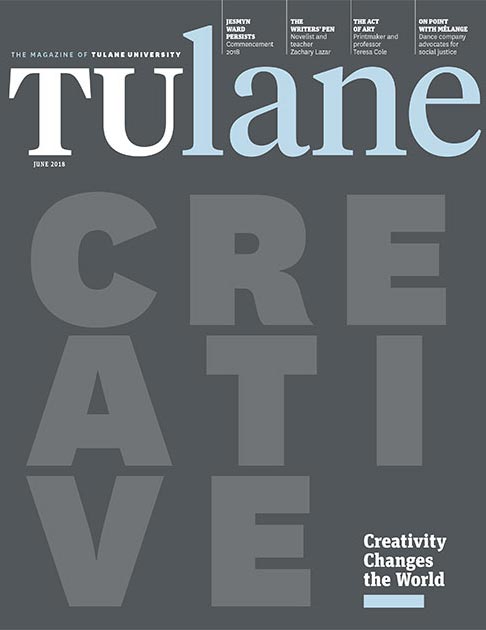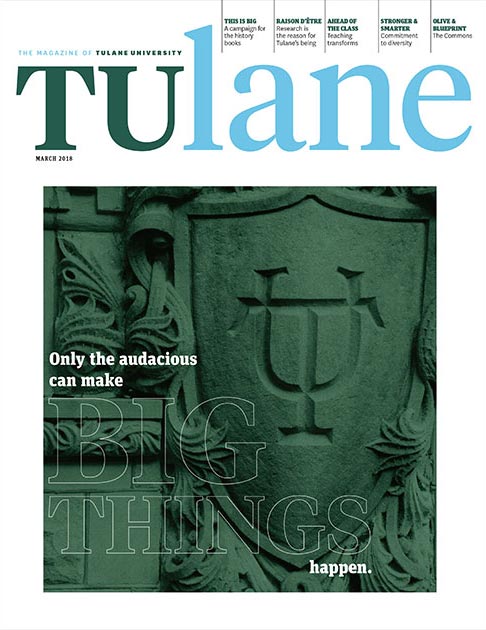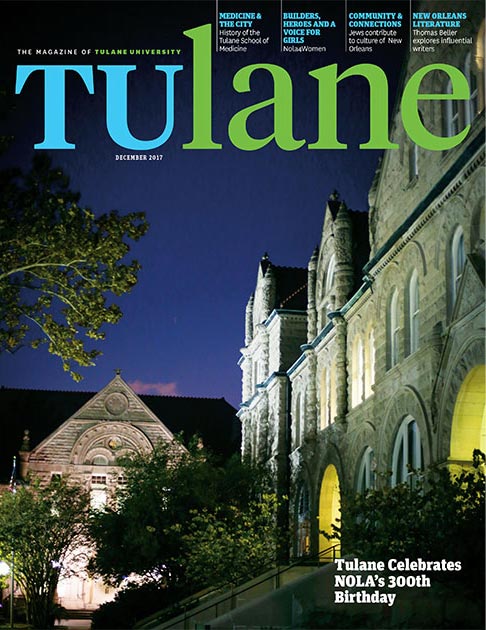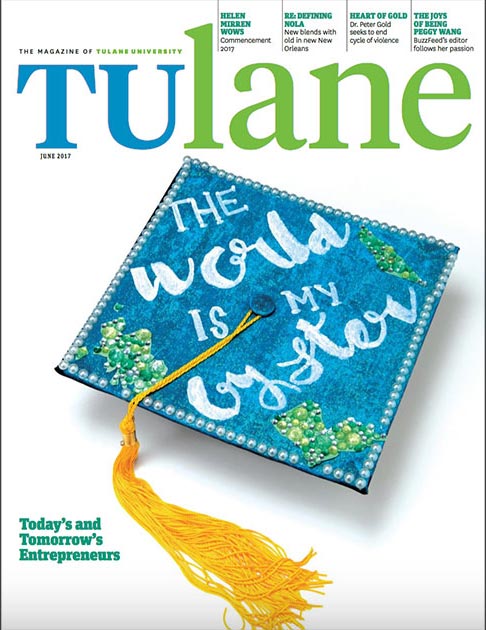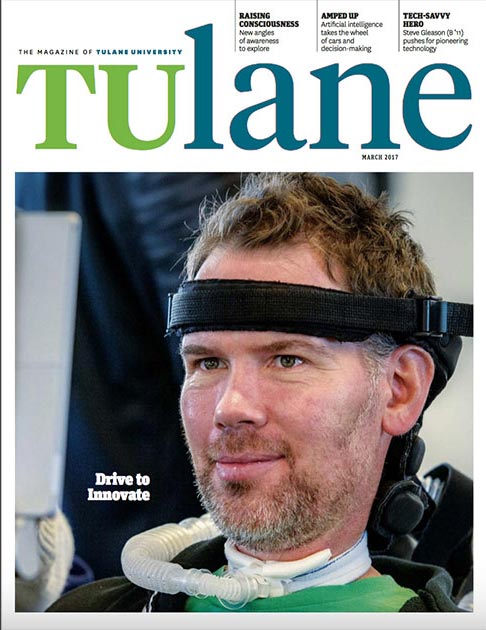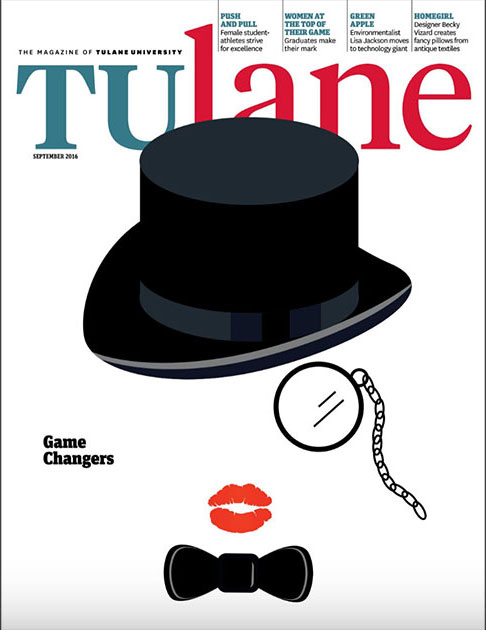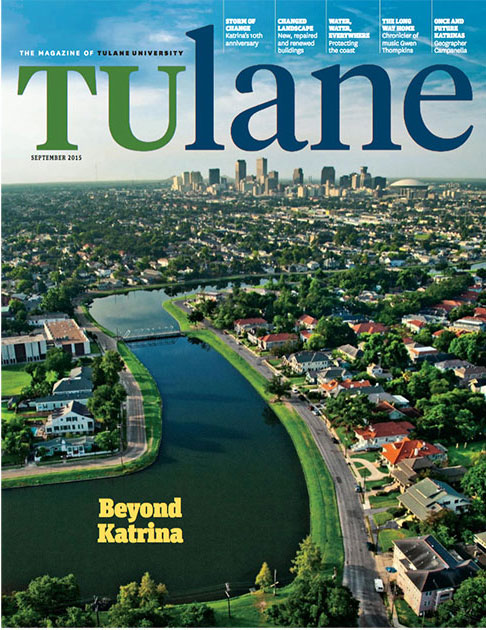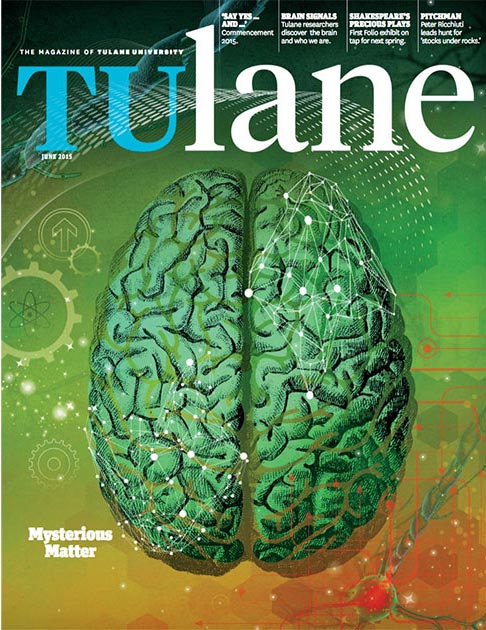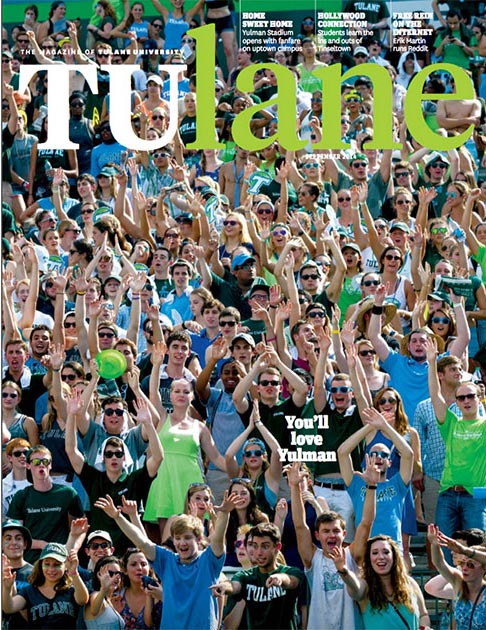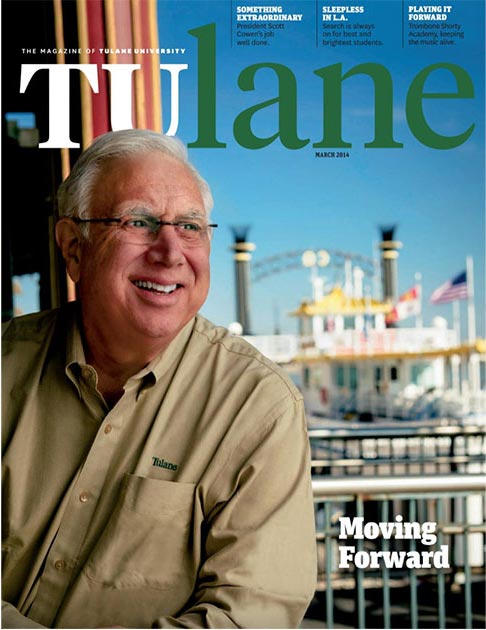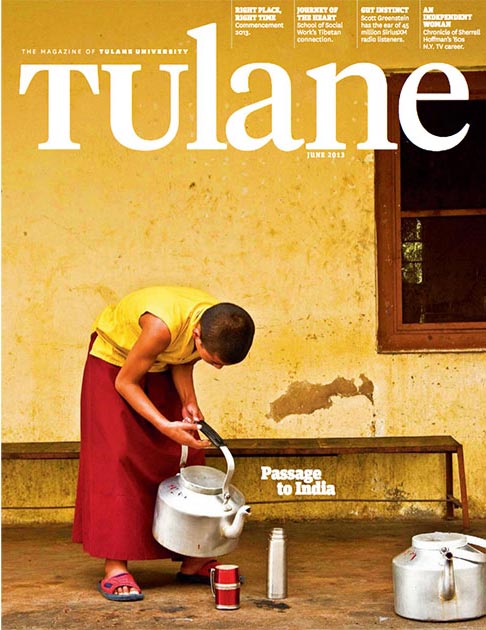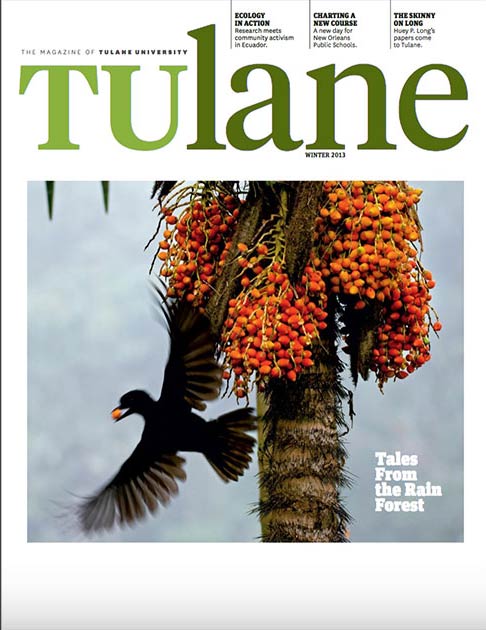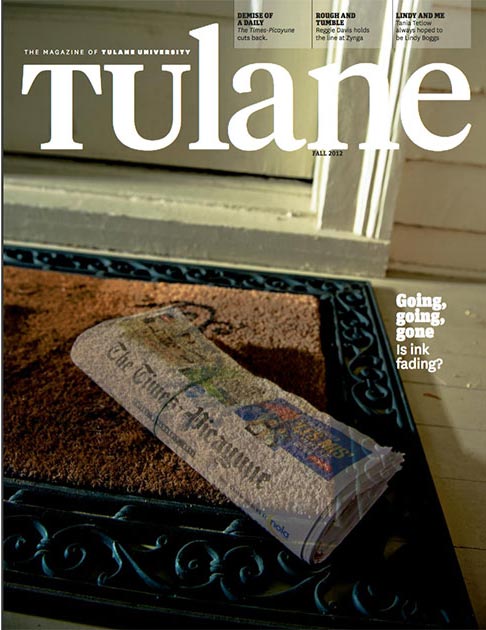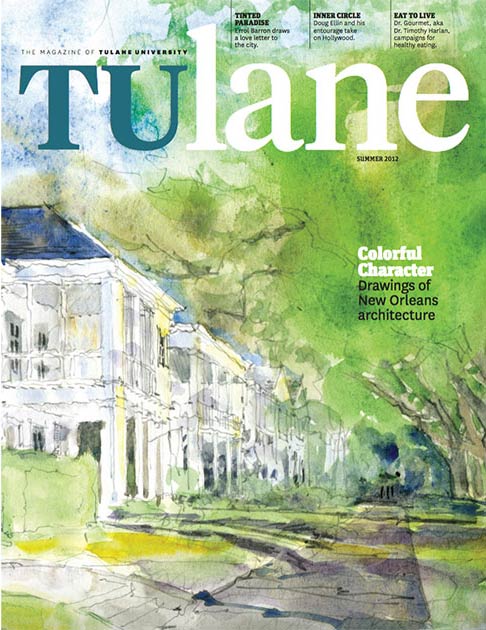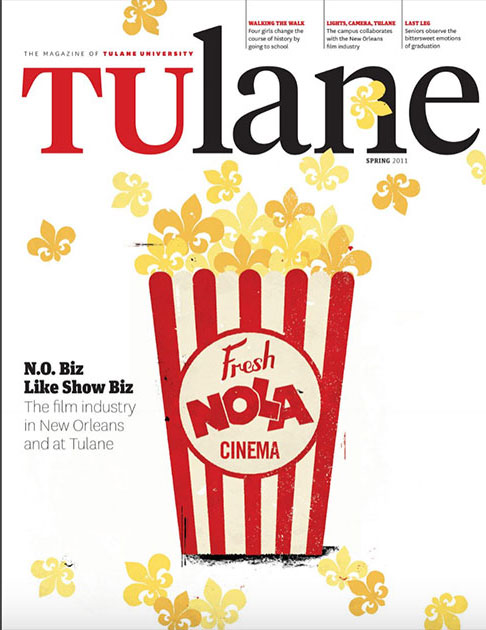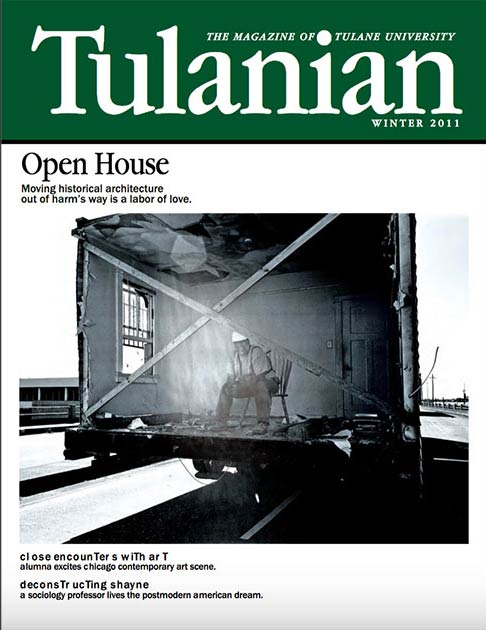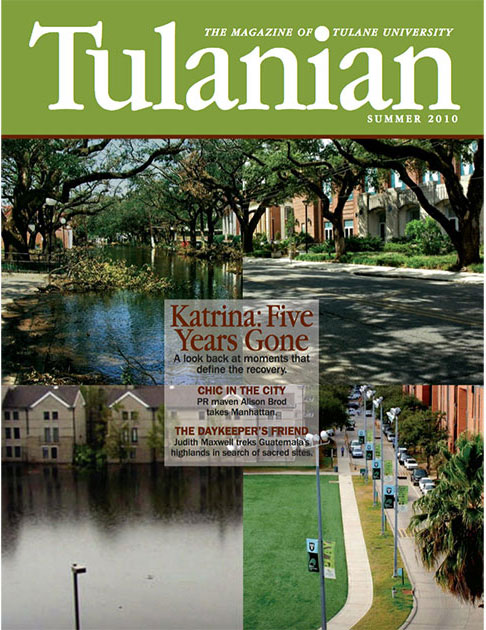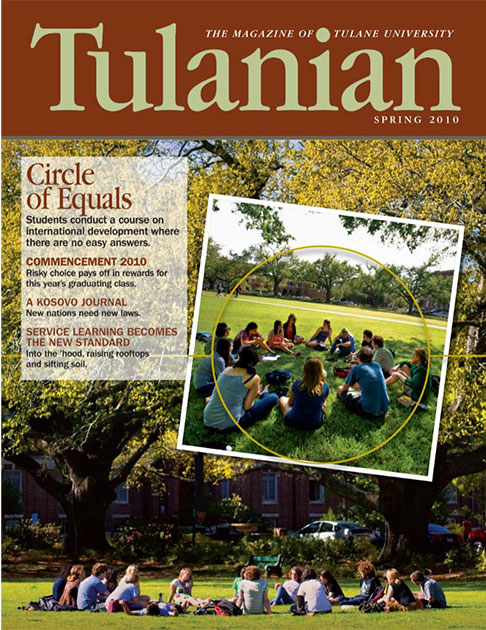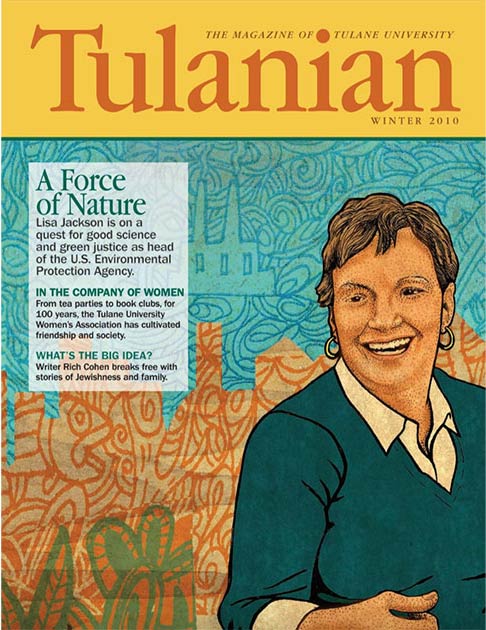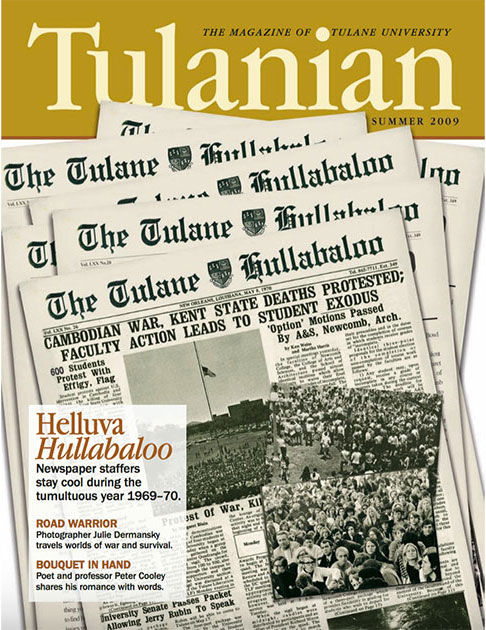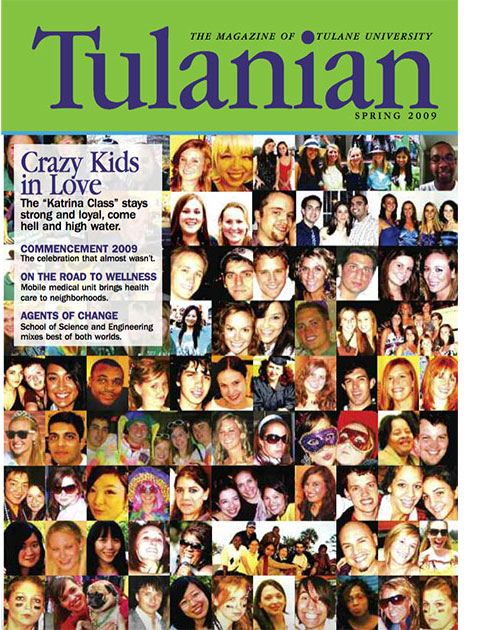Founded in 1834 as a medical college seeking solutions to frequent yellow fever outbreaks throughout the city, Fitts said Tulane has long tied its mission to research, service, health care and the resilience of New Orleans. Hurricane Katrina reconnected Tulane with these foundational goals, he said.
“We became really more a part of the city, and that has changed everything,” said panelist Peter Ricchiuti, senior professor of practice in the A. B. Freeman School of Business.
After the storm, Tulane’s leadership developed a Renewal Plan. Among other major initiatives, the plan created Newcomb-Tulane College (NTC), uniting all full-time undergraduates under one umbrella for the first time, and instituting a public service requirement for graduation — the first such mandate at a major research university in the United States.
“What we’re doing is training students to go out and make New Orleans, make the country, make the world a safer place and a better place. And that’s core, I think, to who we are,” said Mollye Demosthenidy, dean of NTC, who was a dual-degree graduate student in law and public health during Katrina.
Medical faculty and staff who remained on the job during the storm recalled caring for patients without power or running water, traveling city streets via canoes and hand-pumping ventilators.
“The crisis was immediate and life-or-death,” said Dr. Lee Hamm, a medical school professor during Katrina and now senior vice president and dean of the School of Medicine. The experience inspired the rebuilding of a stronger, more resilient medical school focused on citywide care, he said.
The storm also changed how New Orleans viewed Tulane. Before Katrina, some considered the university a self-contained “bubble,” said Ricchiuti. In the recovery years, however, faculty and students worked with small businesses, nonprofits and neighborhood groups, forging a new partnership between the university and the city.
Athletics also played a major role in the city and the university’s comeback story. Tulane women’s basketball hosted the first post-Katrina sporting event in the city, offering a spot of normalcy to the community.
“That gave us big hope. It showed we were still here,” said Ashley Langford, head coach of the Tulane Green Wave Women’s Basketball team. Langford was a first-year student in 2005 and, along with the rest of the team, evacuated almost immediately after orientation that year.
Today, Tulane is strengthening its mission in research, public health and medicine through growth on all its campuses — uptown, downtown and at the Tulane National Biomedical Research Center on the Northshore.
Picking up on President Fitts’ vision for the future growth of Tulane, Dennis Lauscha, president of the New Orleans Saints and Pelicans, as well as a Tulane Board member, made a bold and forward-looking statement near the end of the discussion.
“I can’t think of a better thing to happen downtown, or really for the state of Louisiana, than what Tulane is considering doing at the former Charity Hospital building,” Lauscha said.


